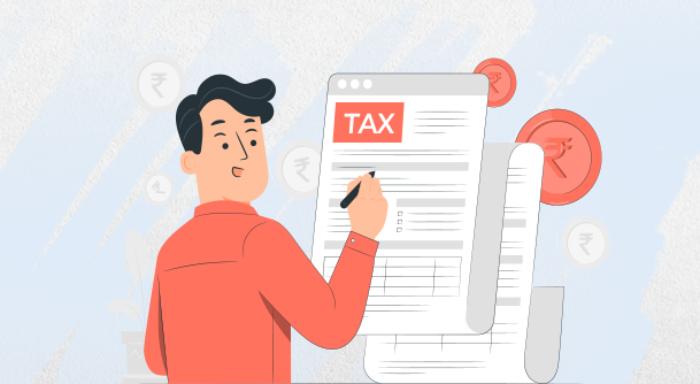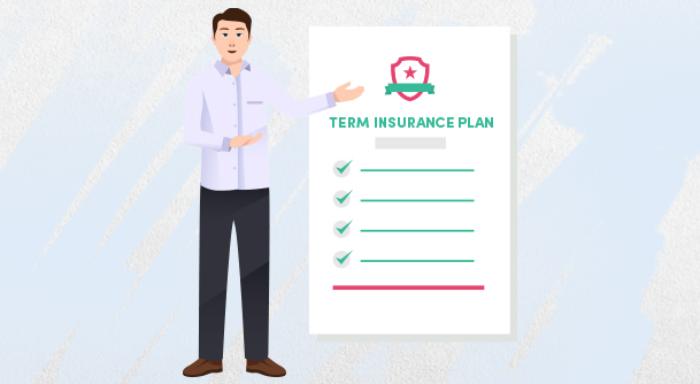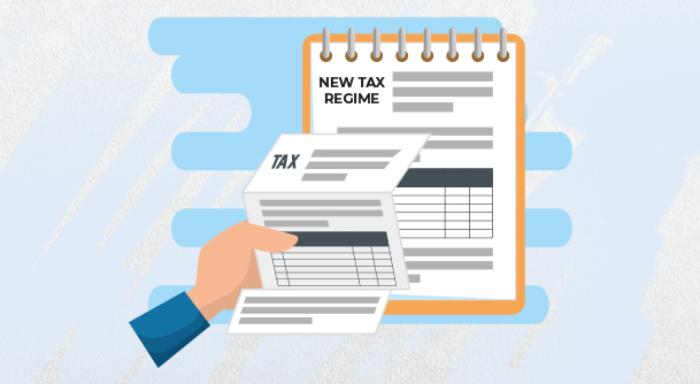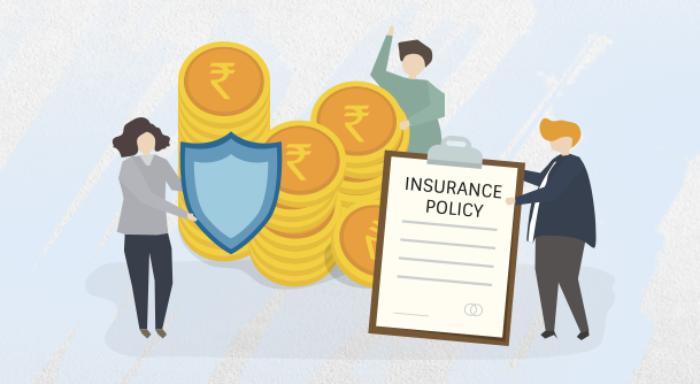How to Avoid a Tax Shock: Essential Tips for Tax Planning
Blog Title
295 |
Consider this scenario- You have declared your investments and planned your annual budget right at the start of the fiscal year. However, mid-year, you get a better and higher-paying job. First off, congratulations! And second, it’s time to go back to the drawing board and redo all your financial planning.
You cannot time your job switch to fit the fiscal year. Most of the time, you will end up having two employers for the year and must plan taxes accordingly. This is especially important while changing jobs a few months before the financial year ends. Failing to plan for job changes can lead to a tax shock and hurt your financial planning for the next year. Here's how you can prepare for a job change mid financial year.
How to Plan Your Taxes the Smart Way
Switching jobs is a part of career growth. In fact, a 2023 BCG survey reveals that 26% of Indian employees are likely to leave their current job in 2024. Now, not all of them are likely to time the switch in sync with the fiscal year. At the same time, they could receive some perks, such as early joining bonus, relocation allowance, or severance pay. All this comes under taxable income. Therefore, you must readjust your investments to minimise your tax liability. Amid the excitement of personal and professional growth, you should remember the 4 critical aspects listed below to get the most out of your tax returns.
- Account for the Change in Taxable Income
As your salary changes, your tax slab may also change. Assume you switch from a ₹6 lakhs per annum package to a ₹8 lakhs per annum package. Your tax liability changes from 5% to 10%.
With the ₹6 LPA package, you need fewer investments to reduce your monthly tax deduction. But the ₹8 LPA package will require higher investments for tax saving. Proactively submit all declarations to your current employer. Add more tax-saving instruments, if needed, to minimise the additional tax liability that comes with an increase in income.
- Avoid Claiming Extra Deductions
The standard tax exemption limit is a maximum of ₹2.5 lakhs. Your previous employer might already have included this while calculating your monthly TDS, and so will your new employer. Provide a consolidated view of your income from your previous employer, annual declarations, and tax already paid to your new employer. This helps them work out your monthly tax liability.
You can ask for Form 12B, either from your previous employer or the official website of the income tax department. If you need to get the form from the tax department’s website, you will need an interim Form 16 from your previous employer. This form lists all the taxes paid on your behalf, including TDS and professional tax, and has the PAN and TAN details of your employer. Additionally, with Form 12B you do not have to get two different Form 16s from both employers while filing your tax returns.
You will need to fill Form 12BB with proof of all investments by the end of the year. Otherwise, you may enjoy a higher in-hand monthly income, but your tax liability at the end of the year will also be higher.
- Account for Any Lumpsum Income: Joining Bonus and Severance Pay
Both the joining bonus of the new employer and severance pay received from the previous employer are tax deductible. While the joining bonus is given out at all levels, severance pay is only applicable for senior positions to prevent employees from joining competitors immediately after leaving the organisation. Early joining bonus, relocation allowance, education and learning allowance, etc. must all be accounted for. You must declare these to your current employer, especially if you switch jobs multiple times in a single year. This income is a large lumpsum and can significantly affect your taxes.
- Consider Tax Liability Before Withdrawing Provident Fund and Gratuity
If you shift your provident fund from the old employer to the new one, then you will not face any additional tax liability. However, if you withdraw the provident fund from your previous employer, it will be considered as income for the financial year and taxed accordingly. Additionally, if you have served long enough to receive gratuity from your previous employer, know that only gratuity above ₹20 lakhs is taxable. Re-plan your tax-deductible investments as soon as you switch jobs to prevent a tax shock.
Most of us pay attention to tax laws only while filing our income tax returns at the end of the financial year. And this is generally a fine practice when you have steady income. However, in case of a job change, your income and tax liability are likely to change significantly. In such a scenario, tax calculations can become tedious. Therefore, make sure that you pay special attention to your taxes, or engage the services of an experienced accountant to minimise your tax burden.
Neha Panchal - Financial Content Writer
Neha used to be an Engineer by Profession and Writer by passion, which is until she started pursuing full-time writing. She's presently working as a Financial Content Writer, with a keen interest in all things related to the Insurance Sector.












